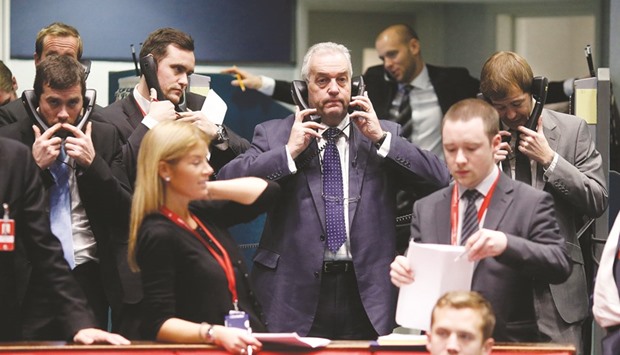The London Metal Exchange (LME) has this week confirmed it will cap both rents and load-out charges across its physical delivery network effective next year.
The move was widely expected. The exchange has learnt the hard way to tick all the boxes when it consults users on changes to its warehousing system.
A judicial review of its modus operandi was successfully negotiated in 2014 but at the cost of a one-year delay in introducing an earlier measure to link load-in and load-out rates (LILO). Since then the exchange has published enough discussion and consultation papers to constitute a veritable library on how physical delivery should work for a commodities exchange.
The acronyms have accumulated.
FQLC, PILOR, QBWR, FOTC and CBIG have all fallen by the wayside with the core pillars of the reform package condensed to LILO (original and enhanced), LORI (load out rate increase), QBRC (queue based rent capping) and now CC (charge capping). Those involved in the nitty-gritty business of storing metal have had to consider the relative merits of a “deterministic process by reference to exogenous datapoints” or a “deterministic process by reference to endogenous datapoints.”
The former was preferred, since you ask. And now, after three years, it’s done.
Charge capping is the final part of a multi-piece regulatory jigsaw to fall into place. So is it mission accomplished for the LME? This painstaking overhaul was kick-started by the furore over the load-out queue for aluminium in Detroit.
The bottlenecking of the gateway between paper and physical markets resulted in a fracturing of the aluminium price between the basis LME price and the all-in price, manifest in a ballooning physical premium which most end-users had no way of mitigating.
The collective outrage, particularly in the United States generated a fire storm of media and regulatory interest in how the LME warehousing system was working, or rather not working. That Detroit queue has gone and the warehousing company that so cleverly devised its perpetuation, Metro, has been slapped with a $10mn retroactive fine.
Copycat queues at Antwerp, New Orleans and Johor, have also gone.
One remains. As of the end of last month there was still a 349-day waiting time to move aluminium out of Vlissingen sheds operated by Access World, the rebranded logistics arm of Glencore. But there are only 54,625 tonnes of uncancelled aluminium left in the Dutch port and there has been no fresh inflow since March.
LORI and LILO have broken the former queue model, while QBRC means reduced costs for those stuck in the queue, or even no costs if they’ve been there for over 50 days. The last load-out queue looks set to decay naturally over time. At some stage in this whole process, however, the regulatory imperative of sorting out the LME’s malfunctioning delivery system shifted gears.
Charge capping, for example, was never on the original agenda, even though the high cost of LME storage relative to off-exchange storage was arguably the reason why all that metal was queuing to leave the system in the first place.
But then that’s what happens when you make it to the top of the US news schedule and powerful aluminium consumers such as MillerCoors are berating US senators for not doing anything.
Regulatory pressure has pushed the LME way beyond simply dealing with load-out queues. Every exchange document on the subject of warehousing now spells out the “LME’s regulatory obligations, including to demonstrate and to provide assurance to the (British financial regulator) FCA that the LME has arrangements in place to ensure that its warehousing arrangements operate in a way that enables LME to continue to satisfy its regulatory obligations.”There has been a logistics review, including a redefinition of what actually constitutes a load-out, a rewriting of the legal contract between exchange and warehouse operators, a requirement that operators disclose all their incentives for attracting metal into their sheds, and a beefing up of the LME’s investigation powers.
What was once seen as an ancillary logistics function, largely uncontrolled by the LME itself, is now part and parcel of the regulatory framework covering metals trading.
Previous administrations had shied away from capping warehouse charges for fear of a legal backlash, but this one has benefited from the explicit backing of the FCA and, perhaps even more significantly, the implicit prodding by US regulators.
Not all of the reform package has worked. A new range of physical aluminium premium contracts has been rolled out to assuage the hedging problems created by the load-out queues.
Andy Home is a columnist for Reuters. The views expressed are those of the author.

Traders use telephones as they work on the trading floor at the London Metal Exchange. The LME has confirmed it will cap both rents and load-out charges across its physical delivery network effective next year.


